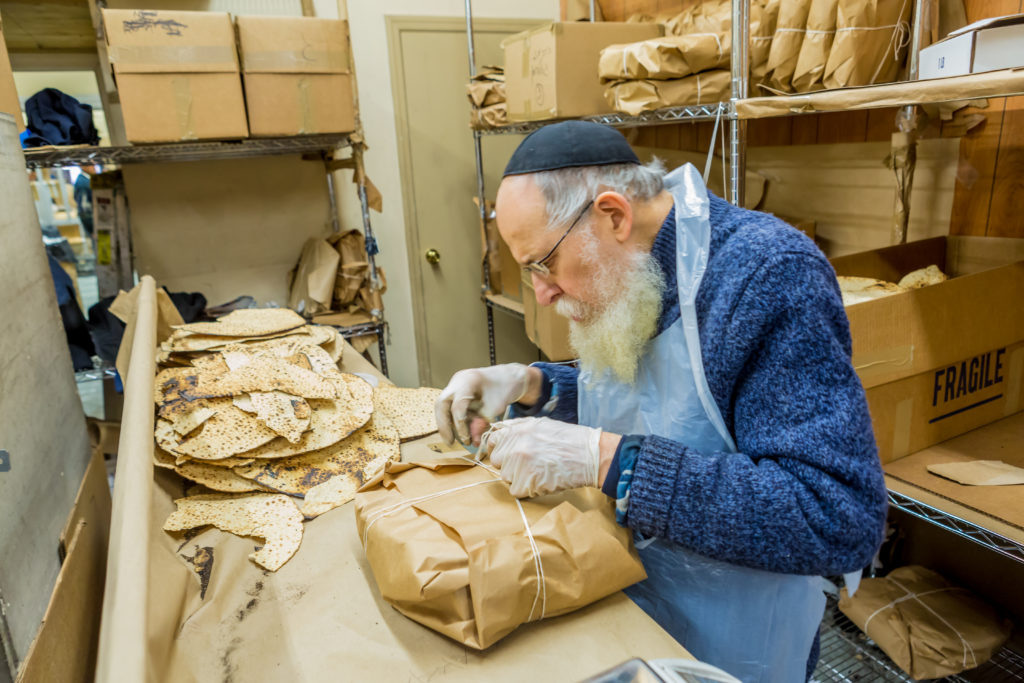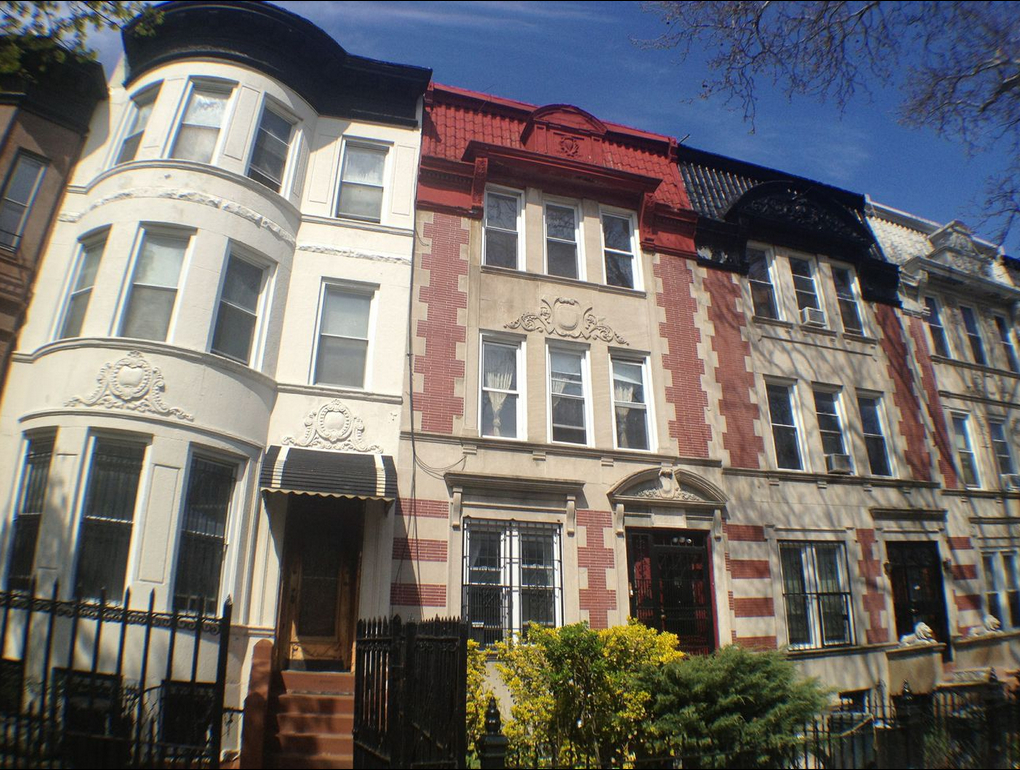Old world vs. new school: Making matzo the Brooklyn way

A worker at the Lubavitch Matzah Bakery in Crown Heights wraps a bundle of shmurah matzos. Photo courtesy of Rabbi Chaim Landa, Chabad Lubavitch
Passover is coming, and Jewish families in Brooklyn and beyond are stocking up on matzos, matzo ball soup and “Tam Tam” matzo crackers.
Even people who know comparatively little about Judaism know that during Passover, Jewish people eat matzo. They may or may not know that the matzo-eating commemorates the exodus from Egypt, when there was no time wait for bread dough to rise.
The unleavened bread is variously spelled “matzo,” “matzah” and “matzoh,” due to the fact that the word comes from Hebrew, which uses a different alphabet than ours.
